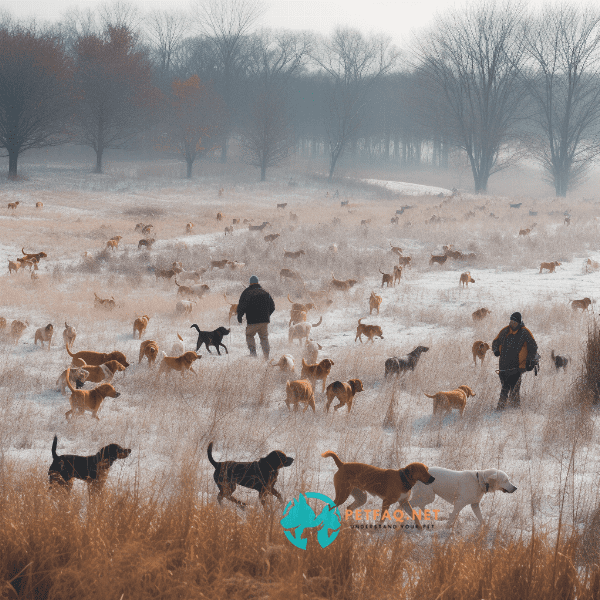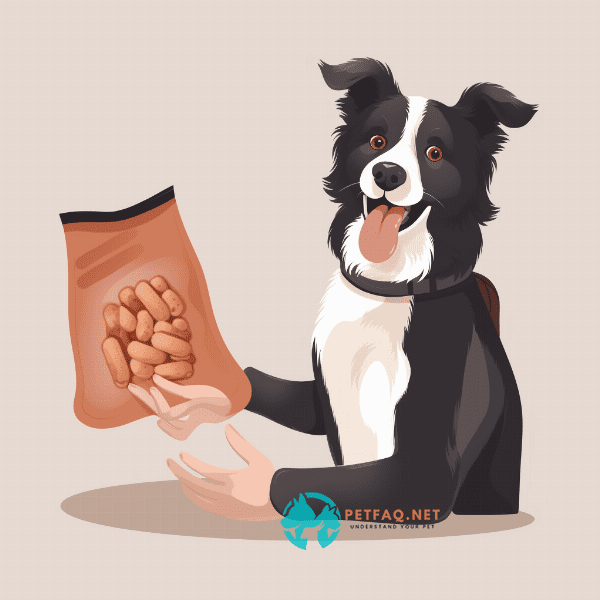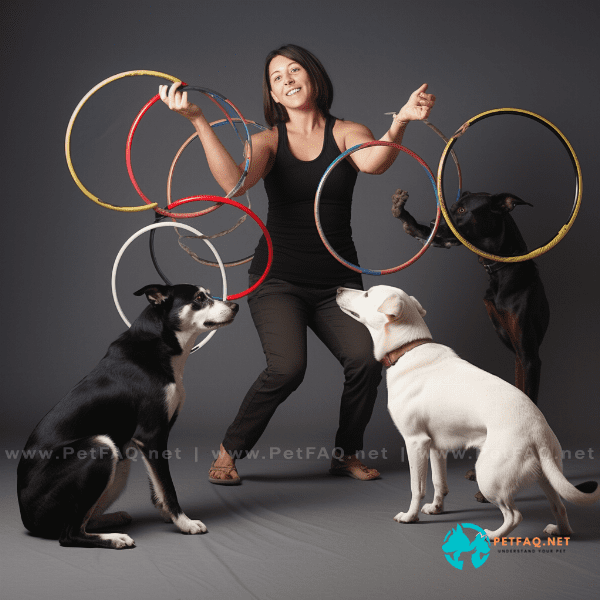Table of Contents
- Understanding the Root Causes of Aggressive Behavior in Dogs
- Key Techniques for Reinforcing Positive Behavior in Aggressive Dogs
- Avoiding Common Mistakes When Training Aggressive Dogs
- The Importance of Consistency and Patience in Aggressive Dog Training
- When to Seek Professional Help for Aggressive Dog Behavior
Understanding the Root Causes of Aggressive Behavior in Dogs
When it comes to aggressive dog behavior, understanding the root causes of the problem is crucial in order to develop an effective training plan. While aggressive behavior in dogs can stem from a variety of factors, most cases can be attributed to one or more of the following underlying causes:
1. Fear and Anxiety: Many dogs exhibit aggression when they feel threatened or scared. This can happen in a variety of situations, such as when they are approached by strangers or when they feel trapped or cornered.
2. Territorial Behavior: Some dogs are naturally protective of their home and family, and may show aggression towards unfamiliar people or animals that they perceive as a threat.
3. Lack of Socialization: Dogs that have not been properly socialized as puppies may be more prone to aggressive behavior towards other dogs or people.
4. Medical Issues: In some cases, aggressive behavior in dogs can be the result of an underlying medical condition, such as pain or neurological issues.
By identifying the root causes of aggressive behavior in a particular dog, trainers and owners can develop a tailored plan to address the behavior and help the dog become more well-adjusted and relaxed in a variety of situations. It’s important to remember that aggressive behavior can be dangerous and should always be taken seriously. If you are unsure how to properly address your dog’s aggressive behavior, it’s always a good idea to seek the help of a professional trainer or behaviorist.
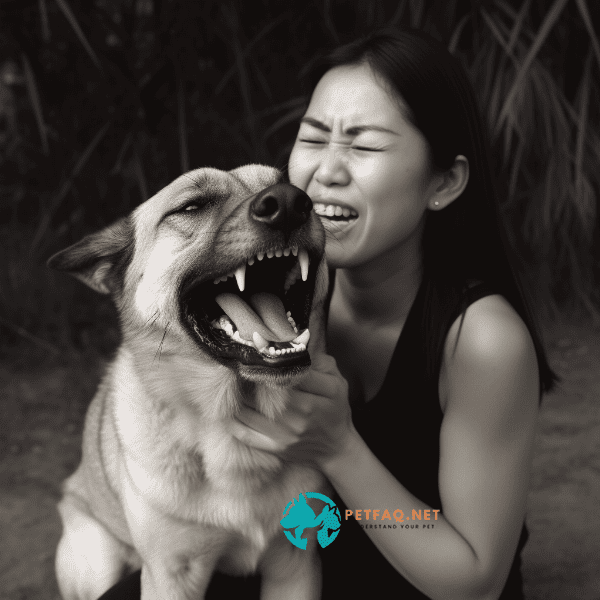
Key Techniques for Reinforcing Positive Behavior in Aggressive Dogs
One of the most important aspects of training an aggressive dog is reinforcing positive behavior. While punishment and scolding may seem like an effective approach, they can often make the situation worse by increasing anxiety and fear in the dog. Instead, trainers and owners should focus on positive reinforcement techniques that encourage the dog to exhibit the behavior they want to see.
One key technique for reinforcing positive behavior is to use treats or other rewards to encourage good behavior. For example, if a dog is able to calmly approach a stranger without exhibiting aggressive behavior, they should be immediately rewarded with a treat or verbal praise.
Another technique is to use clicker training, which involves using a clicker to make a distinctive sound when the dog exhibits the desired behavior. The sound of the clicker helps the dog associate the behavior with a positive outcome, and can be a powerful tool for reinforcing positive behavior over time.
Consistency is also crucial when it comes to reinforcing positive behavior. Trainers and owners should be consistent in their use of rewards and positive reinforcement, and should always be clear and consistent in their expectations for the dog’s behavior.
Overall, the key to reinforcing positive behavior in aggressive dogs is to focus on rewarding good behavior rather than punishing bad behavior. With patience and consistent effort, trainers and owners can help aggressive dogs become more relaxed, well-adjusted pets that are a joy to be around.
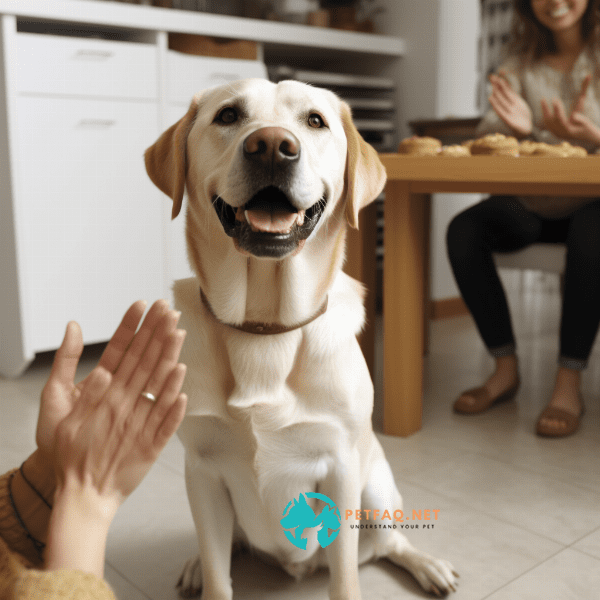
Avoiding Common Mistakes When Training Aggressive Dogs
Training an aggressive dog can be a difficult and complex process, and there are several common mistakes that trainers and owners should be aware of in order to avoid making the situation worse. Here are some of the most common mistakes to avoid when training an aggressive dog:
1. Using punishment as the primary training method: Punishment can actually make aggressive behavior worse by increasing fear and anxiety in the dog. Instead, focus on positive reinforcement techniques.
2. Failing to address the root cause of the aggression: As we discussed earlier, identifying the root cause of aggressive behavior is crucial in developing an effective training plan. Failing to address the underlying cause can make the behavior worse.
3. Inconsistency: Inconsistent training can confuse the dog and make it difficult for them to understand what is expected of them. Consistency is key when it comes to training an aggressive dog.
4. Lack of socialization: Socialization is crucial for all dogs, but it’s especially important for aggressive dogs. Failing to socialize an aggressive dog can make the problem worse by increasing fear and anxiety.
5. Ignoring the signs of aggression: It’s important to be aware of the signs of aggression in dogs, such as growling, snarling, or baring teeth. Ignoring these signs can lead to dangerous situations for both the dog and their human companions.
By avoiding these common mistakes and focusing on positive reinforcement techniques, trainers and owners can help their aggressive dogs become well-adjusted, happy pets that are a joy to be around.
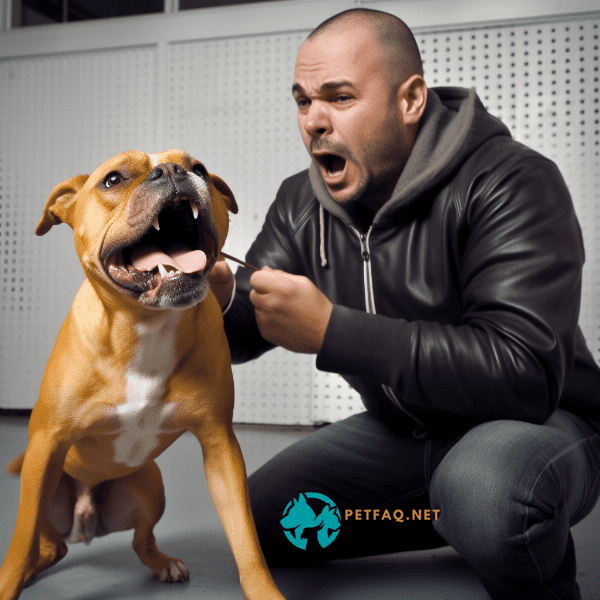
The Importance of Consistency and Patience in Aggressive Dog Training
Consistency and patience are two of the most important factors in successful aggressive Dog Training. Dogs learn through repetition and consistent reinforcement, and it’s important for trainers and owners to be patient and persistent in their training efforts.
Consistency is key when it comes to training an aggressive dog. Trainers and owners should always be clear and consistent in their expectations for the dog’s behavior, and should use the same training techniques and reinforcement methods each time. This helps the dog understand what is expected of them and reinforces positive behavior over time.
Patience is also crucial in Aggressive Dog Training. It’s important to remember that changing behavior takes time, and progress may be slow at first. Trainers and owners should avoid getting frustrated or angry with the dog, as this can increase anxiety and fear and make the behavior worse.
Another important aspect of patience in aggressive dog training is to take things at the dog’s pace. For example, if the dog is fearful of strangers, it’s important to slowly introduce them to new people in a controlled environment, rather than overwhelming them with too much too soon.
Overall, the key to successful aggressive dog training is to be consistent, patient, and persistent in your efforts. With time and effort, trainers and owners can help their aggressive dogs become well-adjusted and relaxed pets that are a joy to be around.
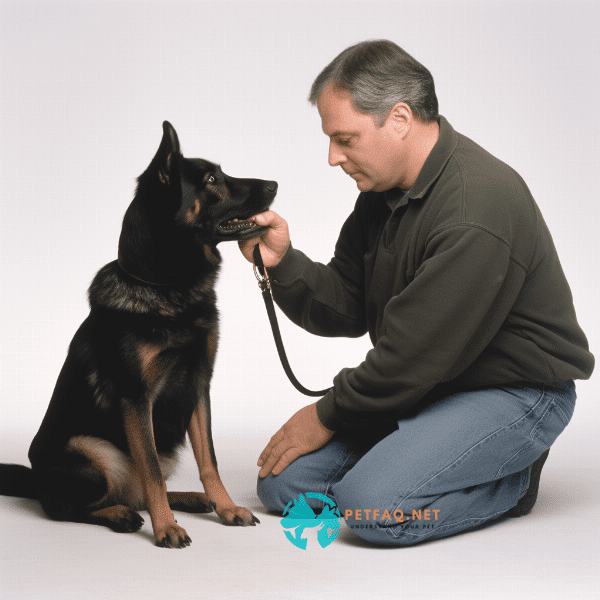
When to Seek Professional Help for Aggressive Dog Behavior
While many cases of aggressive dog behavior can be addressed through consistent training and positive reinforcement, there are times when it’s necessary to seek professional help. Here are some signs that it may be time to consult with a professional:
1. Aggression that is getting worse: If the dog’s aggression is increasing in severity, despite consistent training efforts, it may be time to consult with a professional.
2. Aggression that is dangerous or life-threatening: If the dog’s aggression is putting people or other animals in danger, it’s important to seek professional help immediately.
3. Aggression that is triggered by specific situations: If the dog’s aggression is triggered by specific situations, such as encountering other dogs or being approached by strangers, a professional can help develop a targeted training plan.
4. Aggression that is rooted in fear or anxiety: If the dog’s aggression is rooted in fear or anxiety, a professional can help address the underlying causes and develop a training plan to reduce the dog’s anxiety.
When seeking professional help for aggressive dog behavior, it’s important to work with a qualified and experienced trainer or behaviorist who has experience working with aggressive dogs. They can help develop a customized training plan based on the dog’s individual needs and provide ongoing support and guidance throughout the training process.
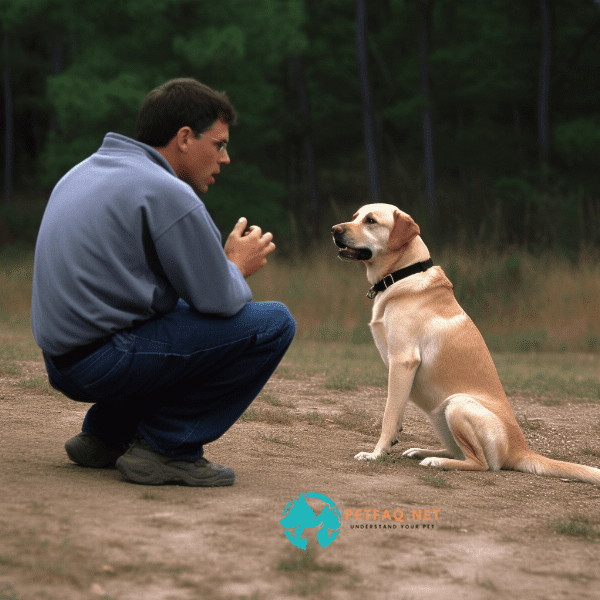
Frequently Asked Questions (FAQs) about Aggressive dog training:
1. What are some techniques used in aggressive dog training?2. Can aggressive dog behavior be cured through training?
3. What are some effective techniques for training an aggressive dog?
4. Can aggressive dog behavior be triggered by certain environmental factors?
5. What should you do if your aggressive dog training isn't working?

